Mad about bikes
For more than 30 years she has seen Oslo develop into the cycling city it is becoming today, but her relationship with biking started with a red and yellow Raleigh in the Scottish town of Kelso. We had a chat with cycling enthusiast Tharan Fergus about beautiful bikes, the joys of riding and the politics of cycling in Oslo.
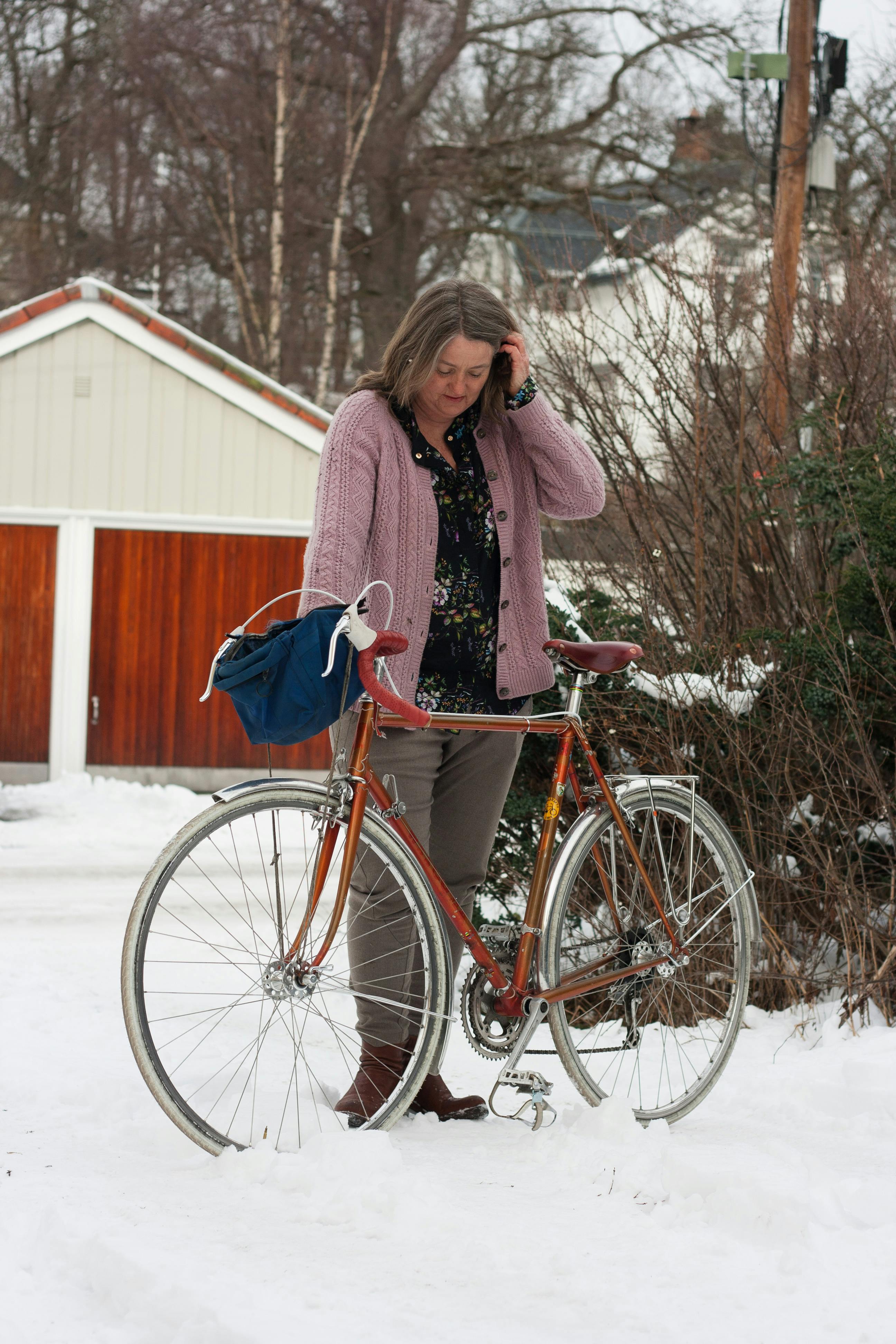
Text: Silje Strømmen
Photos: Mari Oshaug
”I remember clearly the feeling of buying my first bike. I must have been about seven or eight at the time. It was a red and yellow Raleigh, and we got it in a small town in Scotland called Kelso. I remember distinctly the experience of walking into the shop and picking out this wonderful shiny masterpiece. And riding it! We lived in the countryside of Scotland and as a kid that bike was my only way of transportation. It was freedom”, Tharan Fergus says.
Roughly 48 years and seven bikes later, Tharan Fergus still defines biking as freedom. Ever since that first meeting in Kelso, Scotland, she has been mad about cycling and bikes. She has often been outspoken about her love for two wheels, both as a member of the Norwegian Cyclists Association and as an engaging voice in the local newspapers. But maybe most visibly by biking, all year around, on what is one of Oslo’s most breathtaking bike collections. Our first encounter with Tharan was in fact whilst trying to capture her on film while she was out and about on her red Nishiki that she got custom built at Oslovelo last year, but it was the restoration of her yellow Revell from 1983 that finally led to our introduction.
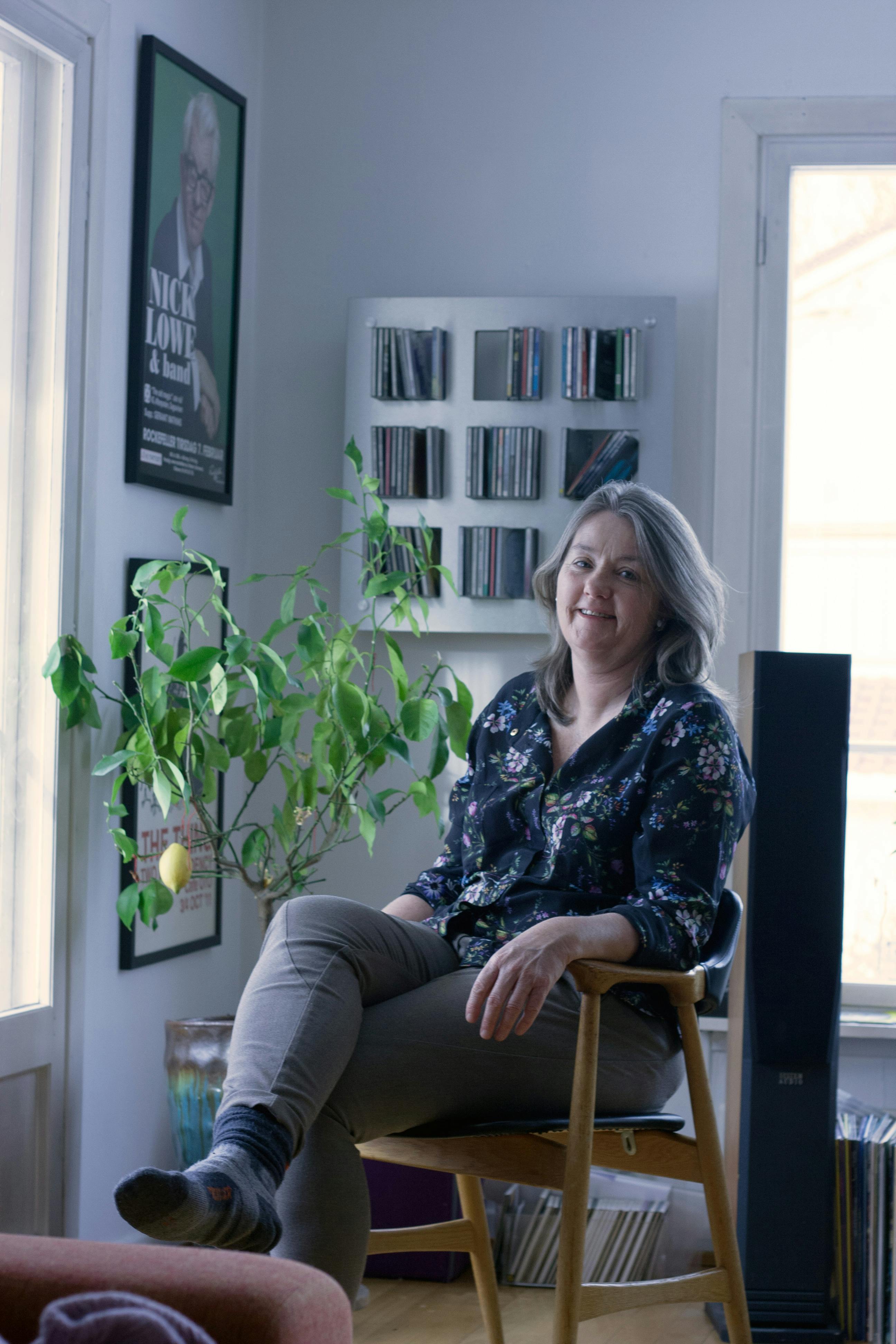
“It would be a shame to have such a nice bike like that and not use it”, she says of the soon-restored Revell: “I travelled to the Revell store in London in the Easter of 1983 to pick it up. I bought it as a racing bike and it was semi-custom built based on my measurements. Revell had a pretty big store back then and they bought frames from different frame builders and built on that”.
Tharan and her family moved to Oslo, Norway when Tharan was 12, and the transition from the Scottish countryside to the capital of Norway was fairly uncomplicated. “As a child you don’t think too much about what’s countryside and what’s city”, she says. “You still bike to school”.
At sixteen, the interest for biking really kicked in, and after meeting a “cute guy who competed” and with several high school friends involved with the sports club Rye, she as well got involved with competitive road cycling.
“I’ve always liked to move around especially in combination with cycling. And road cycling is so much fun! You get this amazing sensation of speed. I raced for about three/four years and I even biked Trondheim-Oslo!”
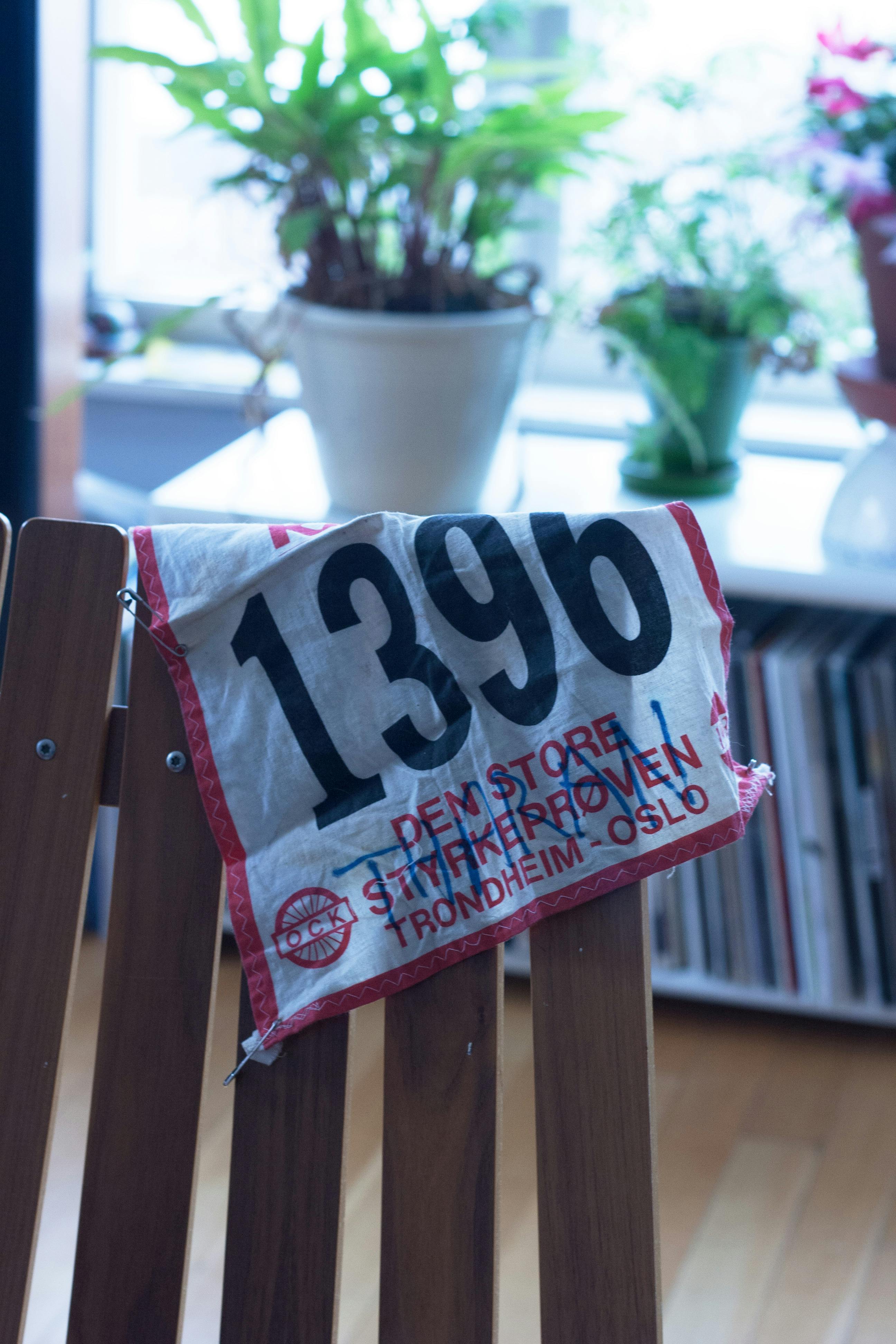
After becoming a mother, she quit racing, but shortly after the mountain bike was introduced and Tharan was soon hooked. Since then she has continued to advocate for biking, as a board member of the Norwegian Cyclists Association, through Nature and Youth, the largest environmentalist youth organization in Norway, and eventually through her “dream job”, working as a hydrologist at the Agency for Water and Wastewater Services (because in the end it is all about creating a better environment, isn’t it? )
“As I grew older the feeling of freedom never ceased to attract me. It has been there all the way”.
Although the fascination for biking started out by the bike being the natural way of getting around the city, it quickly developed into a fascination for craftsmanship, design and details.
“It was around the time I started high school that I got together with a guy who was really interested in bikes and equipment and we decided to go cycling together in England. I got myself a Bridgestone touring bike with disc brakes, and remember this was the 80’s and that wasn’t too common back then. But then it got stolen before we even stated the trip! He had already ordered himself a custom, hand-built bike from a British frame builder named Witcomb – and so we just decided to order one for me as well”.
Just as with her previous bikes, Tharan clearly remembers the moment she picked up her new bike up at the Witcomb workshop in London. The moment resembled the one her seven-year-old self had back in Scotland all those years back. To see the shiny new bike and riding it for the first time – it was what Tharan describes as “a unique joy”.
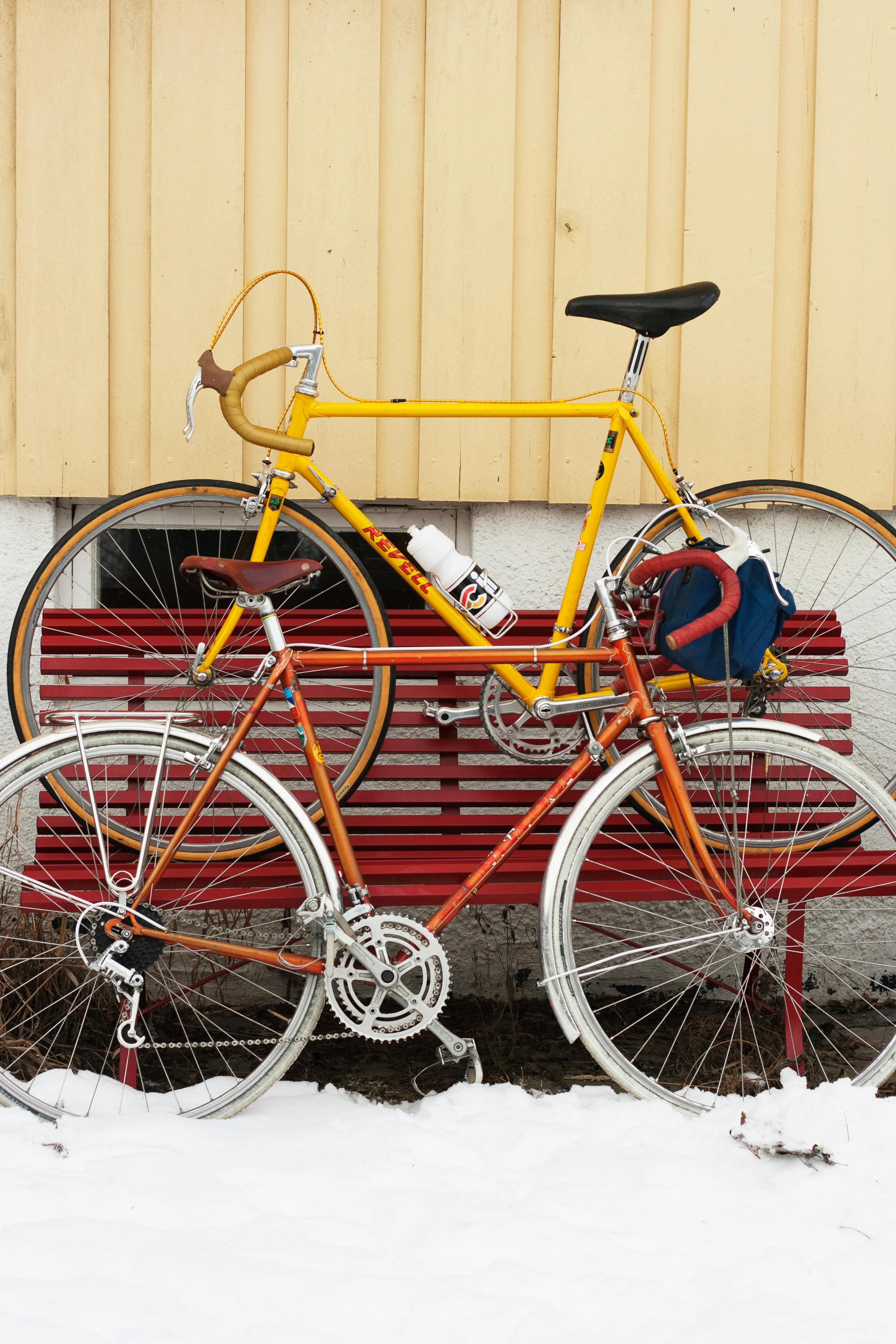
“It was a fantastic bike and I still have it. I got it restored at Dapper last year and I still love it deeply. So then we biked around the UK and France. Eventually we broke up, but I continued my relationship with biking”.
Tharan describes getting the bike back from restoration as “meeting an old friend”. “It was the most incredible feeling. Your body recognises the bike and goes “hey you”.
If one thing has become obvious at this point in the story it is that Tharan was, and probably to some extent still is, a bike snob. And we write this in the most loving way there is, because once you have become acquainted with the world of craftsmanship and custommade frames, is there ever really a way back?
“The way a bike looks is important to me. That and the way it feels when you’re riding. I spent years being frustrated at the Norwegian market. You couldn’t find goodlooking bike bags or luggage racks anywhere – and believe me, my bike is my horse, and I need to be able to carry things on it. But at the same time I wanted both the bike and the accessories to look good. The bike also needs to be light. If you are a mother to three in Oslo you need a light bike that gears easily”.
That is why, when shops like Oslovelo and Dapper started popping up in Oslo a few years ago, Tharan was overjoyed.
“There has been an enormous development in Oslo over the last five years. When Dapper and Oslovelo first opened I thought, “That was the shop I wanted to open!” At that time I had been looking for other career opportunities and I had even attended a course for founders. As it happens I got my dream job at the same time as Dapper first opened, so I just thought “yes, someone else is doing it, great!” It has meant so much for the development of cycling culture in Oslo. It has normalized biking and made in into a lifestyle”.
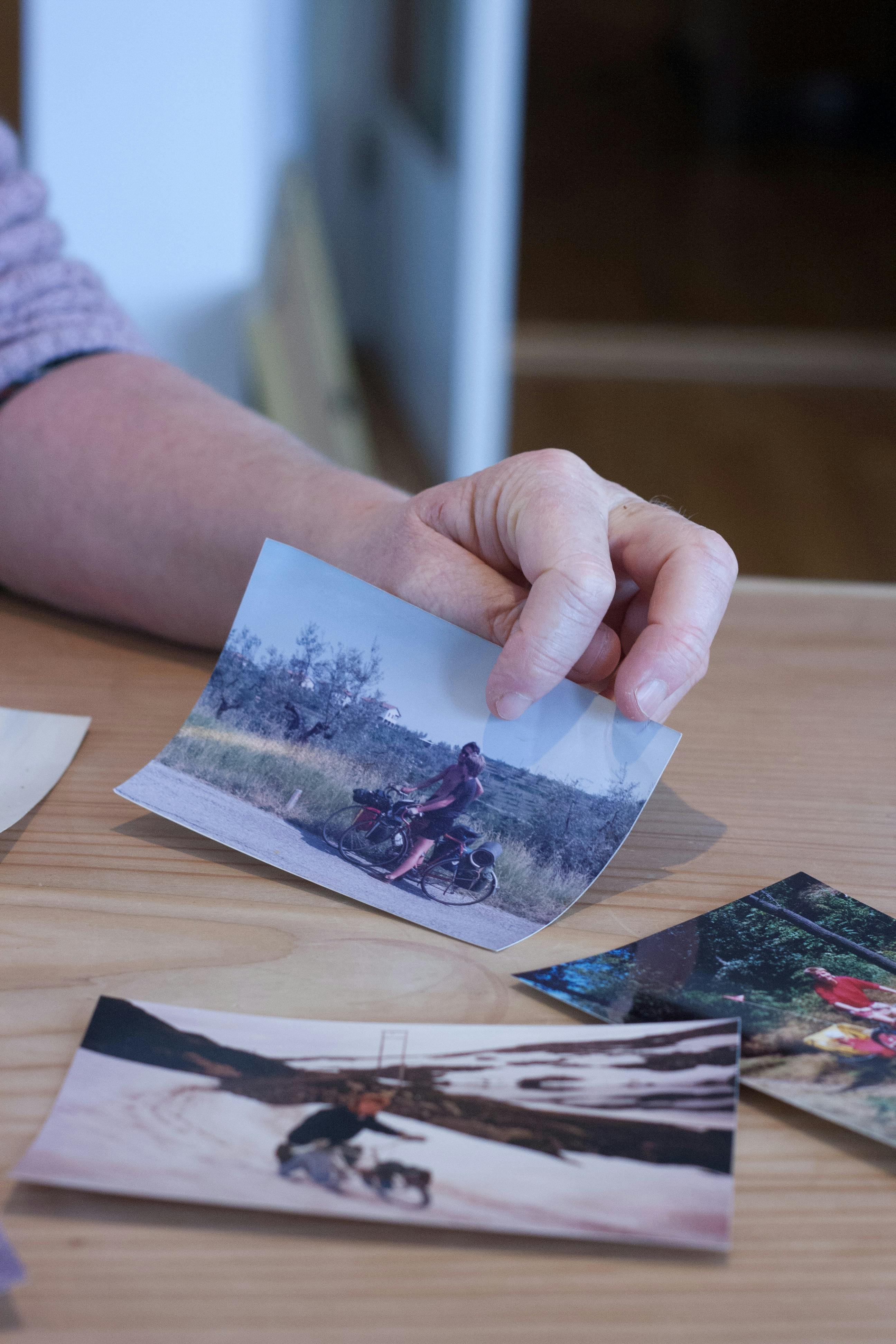
As someone who has lived in Oslo for over 40 years, and been madly in love with cycling for the good part of those years, Tharan has witnessed the development of Oslo as a cycling city from start to where we are today. Or as she says it “At least I have been very conscious of it, and at times frustrated”.
“Once you get on a bike and discover that this is the best way to get around the city you become politically engaged. The injustice of theft of environmental qualities in the city becomes incredibly striking”.
The big subject for Oslo in 2016 and 2017 has been creating a greener city centre, and Tharan applauds the plans of removing cars from the streets in downtown Oslo.
“This is what we worked for in the 70s and the 80s and seeing it happening now is fantastic. The shopkeepers have been underestimating the purchasing powers of cyclists because the fact is that we are much more mobile and can easily stop if we see something we like and look around. Just today on my way here I stopped at a thrift shop and bought some nice red wine glasses. It is so much easier for us to be a part of the city and it is easier for us to be spontaneous”.
Being outside on a bike you become a part of the city, rather than witnessing every-day life pass by from the inside of a car. And as Tharan sees it, if you just get on a bike and experience how well cycling in Oslo works, you will never look back. The only problem is to get people there.

“The car culture in Norway is strong and city culture hasn’t been very strong. The population in Oslo is largely people who have moved from the districts, and often they have grown up with a strong car culture, which they then have brought with them. Biking has always been a city-thing. But cars are so out of date though. They are just so unfashionable, especially considering the environmental issues we are facing. It’s a bit like smoking. Its just ‘ew’”.
At the same time Tharan understands those who choose not to bike because they feel unsafe and stresses that the feeling of being unsafe is something that has to be taken seriously.
“In order to bike in Oslo you need to be unafraid and just a bit brave. Research shows that it is much more dangerous when cyclists try to be “invisible” and try not to take up ‘too much space’ on the roads. As a cyclist you have your place in the road and you deserve that place”.
That is why, when Tharan is out and about on one of her beautiful, beautiful bikes (choosing which one to ride depends on her particular mood that day), she places herself in the middle of the road. And if someone honks or tries to get past, she just ignores them.
“If the current development continues I believe more and more people will discover that cycling is a good thing and I believe that will lead more motorists to replace the car with a bike. That is what I hope for and I honestly think it will happen. In the end it is up to us to choose the right politicians for the job ahead”.